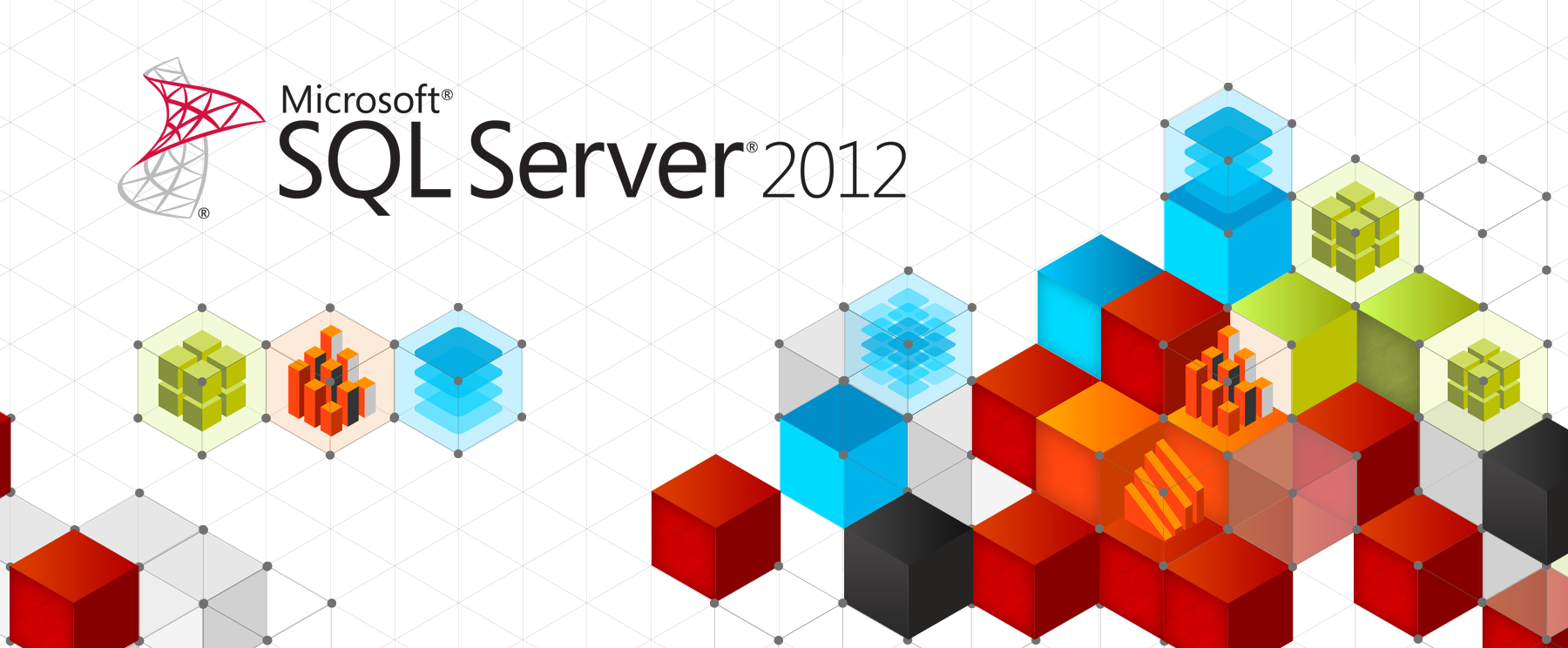Since the commercial version of SQL Server 2012 is due to be released in April, a little posting about the changed licensing costs seems appropriate.

First, I would like to present the different editions of Microsoft SQL Server 2012.
Editions
Elder versions of SQL Server have a lot of editions like express, standard, workgroup, web, datacenter, etc.
For SQL Server 2012, it’s very simple: there are just 4:
- Express Edition
No change for this edition. It’s a limited (4 cores, 1 GB RAM) and free version for learning and small databases. However, you have new features such as FileTable, the semantic engine, and of course, localdb as explained in my previous blog here.
- Standard Edition
No major changes for this edition. Limits are the same as for SQL Server 2008/R2.
- Enterprise Edition
This edition again inherits unlimited for all points. In terms of functionality, it is the only one with AlwaysOn. It delivers all the features of the new BI edition like Power View.
- Business Intelligence (BI) Edition
It’s really the newest edition based on Standard Edition. It’s limited to 20 cores. It supports all features of Reporting Services (SSRS), including Alerting and Power View, the functionality of Analysis Services (SSAS), the functionality of Integration Services (SSIS), and the incoming features Data Quality Services (DQS) and Master Data Management (MDS).
But as always, there is an exception: The Web Edition is still available, but as part of a SPLA (Microsoft Services Provider License Agreement) contract. This is only available for web hosting providers.
And what happens now for licenses?
Licensing
“Goodbye processors licensing! Welcome cores licensing!” is what I can simply say.
With the explosion of the CPU capacity, Microsoft chose licensing per core with a minimum of 4 cores (if you have 2 cores, you pay for 4…).
Cores are counted by physical cores, not hyperthreading cores.
Microsoft offers just 2 licensing models:
- Core-based: Enterprise and Standard Editions
- Server + Client Access License (CAL): Standard and Business Intelligence Editions
Only the Standard Edition has the choice between these 2 models.
License Transition
License transition is very simple from SQL Server 2008 R2 to SQL Server 2012.
| SQL Server 2008/R2 | SQL Server 2012 | Comments | |||
| Edition | License | Edition | License | ||
| Workgroup | Server + CALs | Standard | Server + CALs | CALs are cheaper for Workgroup |
|
| Processors | Core | ||||
| Standard | Server + CALs | Standard | Server + CAL | No change | |
| Processors | Core | ||||
| Enterprise | Server + CALs | Enterprise | Core | No more Server + CALs | |
| Processors | Core | ||||
| Datacenter | Processors | Enterprise | Core | ||
| Parallel Data Warehouse | Processors | Enterprise | Core | PDW is based on Enterprise Edition | |
And for virtualization?
I can reasonably say that it is a model optimized for the cloud.
It’s very simple:
- A VM with core licenses, just buy a “core license ” by virtual core assigned to this VM (with a minimum of 4 cores)
- A VM with a Server license and CALs, just buy the Server License and CALs for each user
And for High Availability?
You do not have to license SQL on the passive server. But concerning active servers, you must have a license for each server.
Remember that only the Enterprise Edition has AlwaysOn functionality.
For more detailed information about licensing, click here.
And what is the pricing?
Pricing
Note that a lot of articles on the web announce:
- Enterprise Edition: 6874$ per core
- Standard Edition: 1793 per core or 898$ per Server and 209$ per CAL
- Business Intelligence Edition: 8592$ per Server and 209$ per CAL
Be careful, this information comes from this Microsoft documentation and is only a pricing for demonstrative use.
It’s not the final pricing … but gives you a good idea if you want to calculate your future investment.
Conclusion
Some final words about MAP: MAP is Microsoft Assessment and Planning Toolkit. The 6.5 version helps you assessing compliance and offers the ability to move to SQL Server 2012. I take this opportunity to inform you that we will present this tool in our Pro DBA event of 25 April 2012 in Lausanne in the SQL Server 2012 migration session.
![Thumbnail [60x60]](https://www.dbi-services.com/blog/wp-content/uploads/2022/08/STH_web-min-scaled.jpg)
![Thumbnail [90x90]](https://www.dbi-services.com/blog/wp-content/uploads/2022/10/STS_web-min-scaled.jpg)
![Thumbnail [90x90]](https://www.dbi-services.com/blog/wp-content/uploads/2024/01/HME_web.jpg)